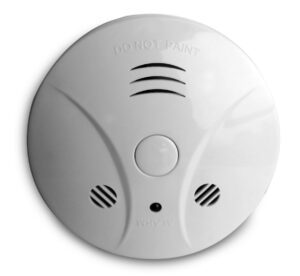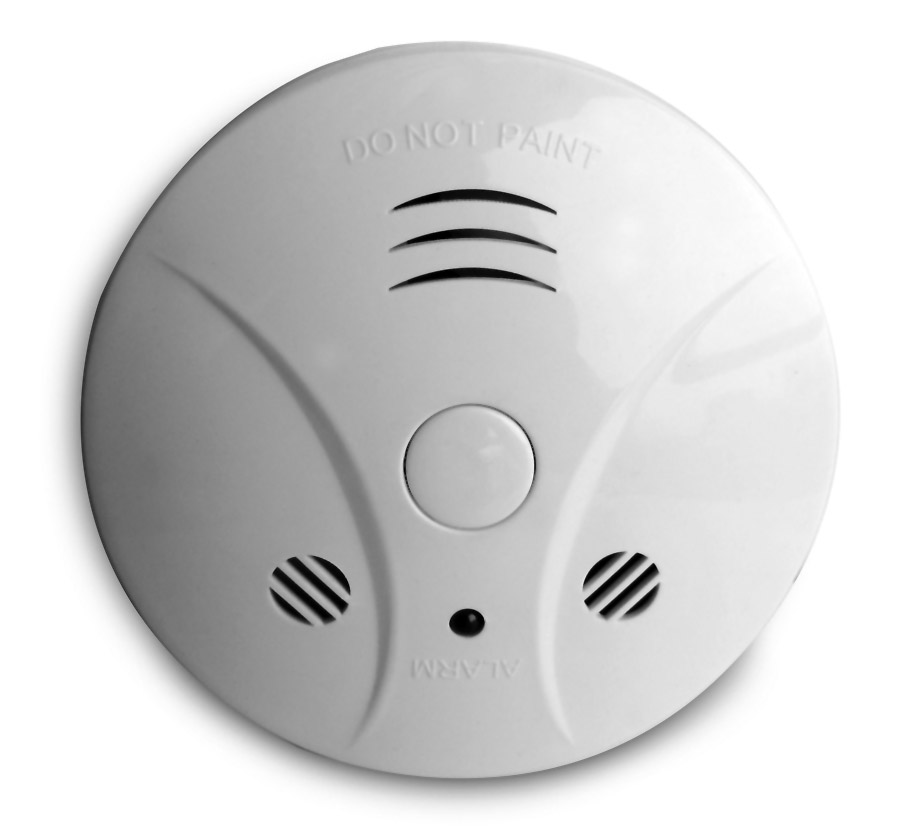Beginning in January of next year- any residence sold, rented or issued a building permit in Nebraska will require carbon monoxide detectors per Nebraska law.
Carbon Monoxide (CO) is odorless and tasteless. Most who suffer from CO poisoning are not aware they are being poisoned. It has been estimated that unintentional CO exposure accounts for more than 20,000 emergency room visits and up to 500 unintentional deaths in the United States each year.
As a home inspector, my main focus is to find the safety concerns present in a home. CO levels are one of the principal concerns I look for. Throughout the years, I have seen many scary situations.
One home, several years ago, had a furnace under the house in a crawl space. It was very hard to get to. Supposedly, the furnace had been recently serviced – however, when I tested it, it had a dangerously high CO reading. So high that I was uncomfortable completing the report in the home. The elderly lady who lived there had just moved to a nursing home and I have often wondered if the high CO reading had anything to do with her having to leave her home.
Another cause for concern, is furnace and water heater flues not vented to the chimney properly or not at all. This is a recent photo showing a water heater flue venting directly into the furnace room. In the last several years, I have personally inspected homes with the water heater venting directly into the living area and with the furnace doing the same.
If the flue vents downward, this can cause back drafting. The cold fresh air pushes the warm exhaust air/gases back into the house through the appliance or hood. Older masonry chimneys with clay liners are of concern as well when the mortar between the liners has been eroded away by the acidic gases of the gas fired appliances. The properly installed clay liners create the air tight flue. If the liner has been compromised, this is a safety concern.
One last note on flues- Lately, I’ve noted several homes where the flue pipes have rusted out and holes were created. This can allow the air/gases to escape.
Periodic inspection for proper venting of gas fired appliances, as well as maintaining working carbon monoxide detectors in the home, is a good idea and always a safe bet.


